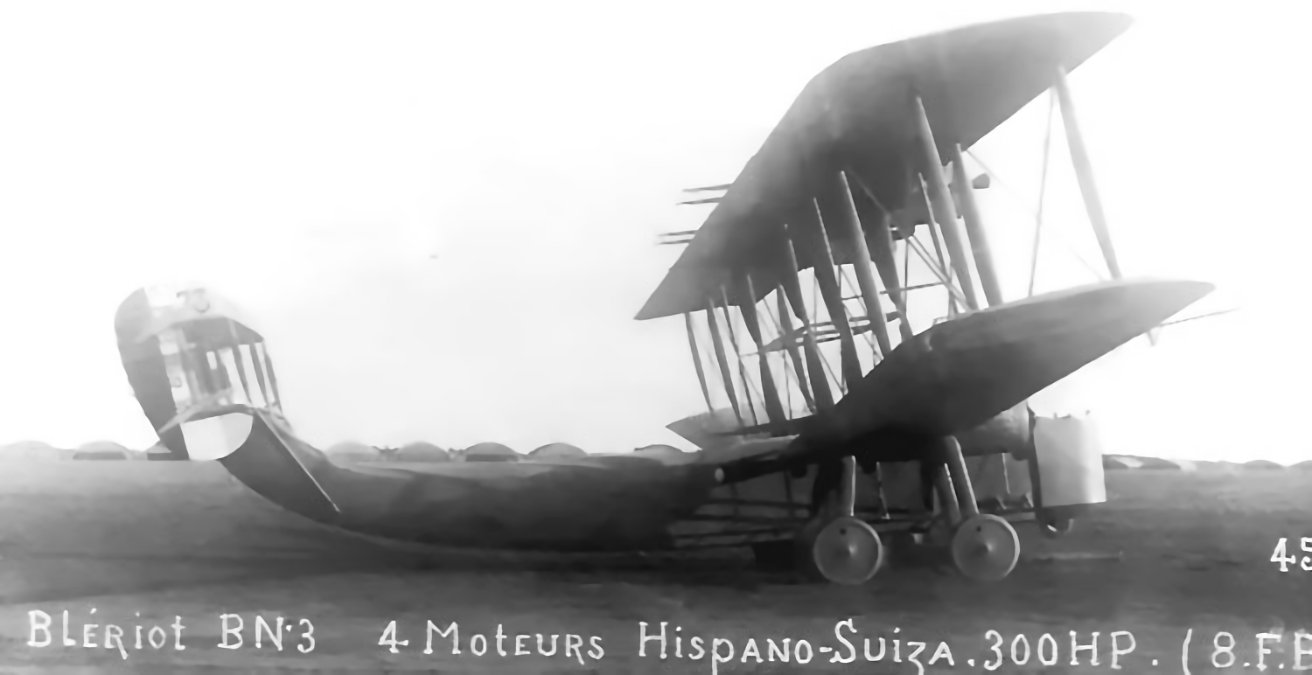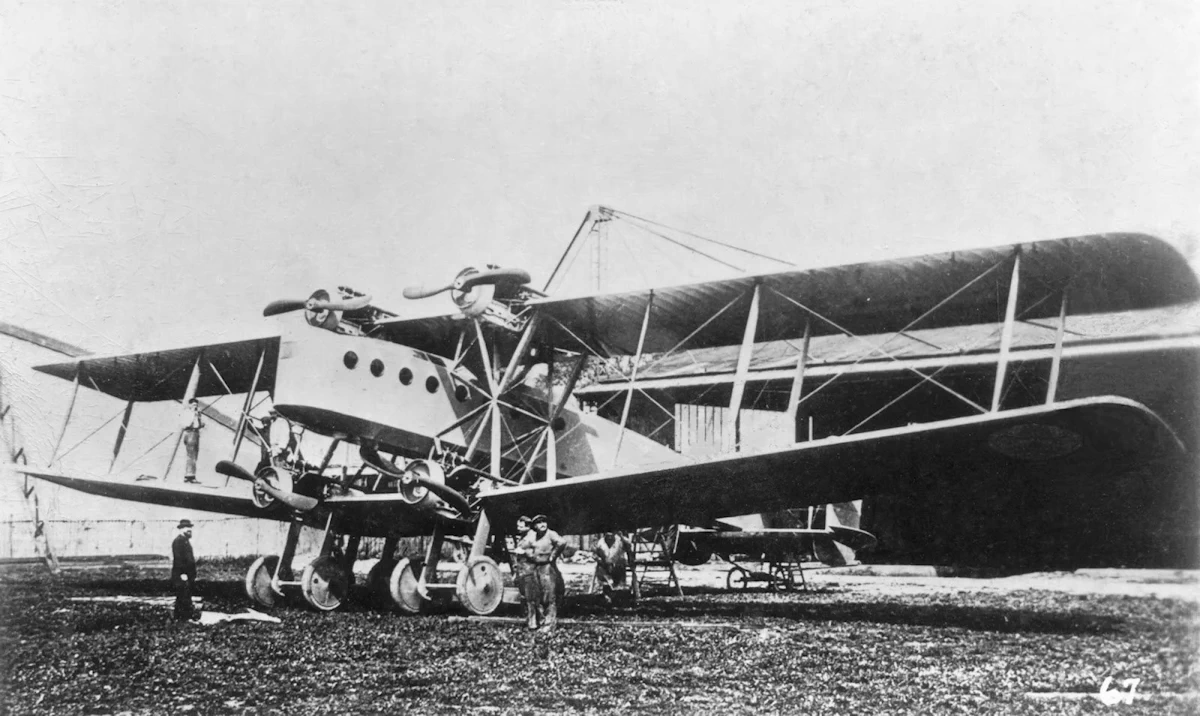Tag: bomber
-
Mannesmann Giant Triplane

Mannesmann Giant Triplane Designed and constructed during the final months of the First World War, the Mannesmann Giant Triplane was still under construction at the time of the armistice. Although designed as a transport, the Inter-Allied Aeronautical Control Commission believed that it was a bomber designed to reach New York. The finished aircraft would have… Read more
-
Blériot 73 French Bomber

Blériot 73 French Bomber First flying in July 1918, the Blériot 73 was a four engined French bomber with the fuselage suspended from the lower wing. The four engines were placed as close as possible to the fuselage, with two on the upper wing and two on the lower wing. The Blériot 73 disintegrated during… Read more
-
Blériot 67 French Bomber

Blériot 67 French Bomber The Blériot 67 was a four-engined French bomber from the First World War. The four engines were placed as close as possible to the fuselage in a rectangular pattern. The fuselage was suspended midway between the two wings. The bomber crashed on landing during its first flight on 18 September 1916… Read more